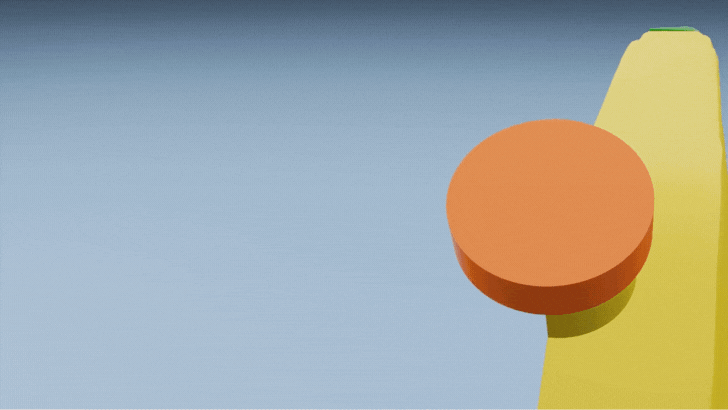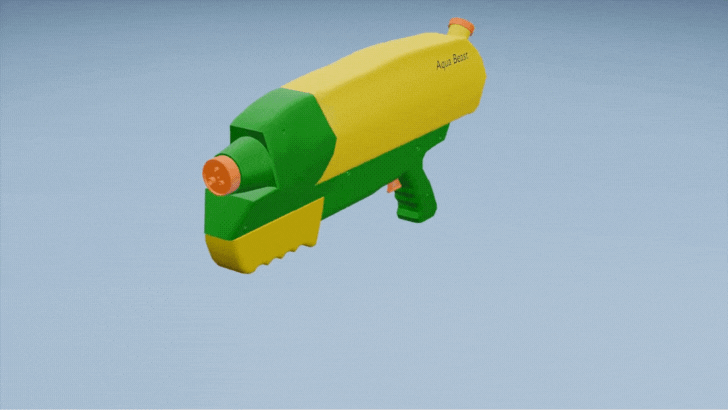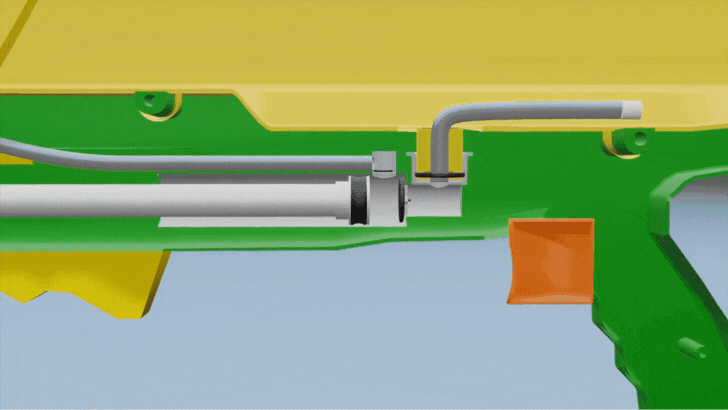Water guns, which small kids and youngsters worldwide love, work on the principle of air pressure. As soon as the air is pumped inside a water gun, it creates pressure inside its mechanism, which is released upon pulling the trigger.
When the trigger is pulled, the air pressure is released, resulting in a squirt of water coming out through the nozzle at a very high velocity, leaving everyone a happy surprise.
Water guns are one of the most popular toys among small kids worldwide. Drenching each other with lots and lots of water coming out of a water gun at a jet-like speed feels like spending quality time with your loved ones.
While small kids generally use water guns for playing among themselves, it has become one of the most popular games among young boys and girls. In such a situation when almost everyone around the world loves water guns, people remain impressed by their fantastic performance and wonder about the mechanism that works inside them.
So, in this blog, we have disclosed some of the mind-blowing facts about working a water gun.
If you have questions about the mechanism of a Nerf gun and how it works, we have covered this topic as well.
Working of a water gun:
Water guns that amaze people worldwide with their capability to shoot out squirts of water at a very high velocity work on a simple principle from science.
The entire mechanism behind the outstanding performance of these water guns is based on the working of air pressure that is created inside the water gun when the trigger is pressed.
However, you can also make your water gun using a PVC pipe. It’s a DIY project whose mechanism differs entirely from the Nerf water gun.
Here are all the parts inside a water gun that make it possible to shoot out water at the target.
1.) Water Reservoir/Tank: Before you start your water fight, you must ensure that your water gun has enough water to shoot out at the target. For this purpose, water guns are usually equipped with a water reservoir or tank to store water inside.
Seal cap are installed on the water tank to prevent water leakage while firing from the water gun. Typically, the water tank is located at the upper part of the gun.
When you press the trigger, the water inside the tank comes out with a very high velocity towards the target. The size of a water tank is an essential element that decides the range to which you can target to shoot at a time.
2.) Pump handle and Trigger: A trigger is one of the most crucial elements that allows the water gun to work efficiently and shoot squirts of water at the target.
In this basic model of a water gun, the trigger is essentially the pump handle itself, as the pump handle serves the function of the trigger

As soon as you press the trigger, the pumped air inside the water gun compresses itself and creates pressure inside its mechanism. This propels the water to reach the target at a very high velocity.
But in this model When the pump handle of the water gun is pulled out, it creates negative pressure in the pump shaft, which draws water from the water tank into the pump mechanism. The trigger is provided for aesthetics in this basic design of water gun.

Pump Mechanism: A pump mechanism is the kick-point of the performance, which is depicted by a water gun. Even before you are all set to shoot out squirts of water at your friends, you must get prepared by pumping air into the gun’s mechanism. By doing so, you tend to create pressure inside the gun’s mechanism that will propel the streams of water to come out with high pressure upon pulling the trigger/pump handle.
Nozzle: The nozzle is the opening in a water gun through which water is thrown toward the target. The size of the nozzle is an important factor that decides the level of range and velocity with which water will come out from the gun toward the target.

There are water guns available in the market with a variety of nozzles that you can change according to your preference and shooting requirements.
Working of the mechanism inside a water gun:
Now that you have understood the different parts of a water gun and their uses, you must be eager to know how these various parts of a water gun coordinate with each other to perform in an exceptionally organized manner. Here is a detailed explanation of the mechanism inside a water gun.

Step 1:– The water tank is a crucial component of a water gun. In this basic model, the tank is typically brightly colored, often in vibrant yellow, and serves as the reservoir for water ammunition. When firing the gun, water flows out of the tank. To prevent spillage, a seal cap is provided on the tank’s top

Step 2:- The GIF above displays the middle part of the water gun in green. This section acts as the gun’s armor, shielding its internal mechanism.

Step 3:- This basic water gun model features a trigger for aesthetic purposes. However, the trigger is non-functional in this model, as the pump handle serves as its replacement.
Step 4:- This component is the pump body of the gun, often referred to as the brain of the water gun. It houses all the mechanisms responsible for ejecting water from the nozzle with high pressure.

Inside the pump body, there are two essential parts known as gaskets. These small yet crucial components act like seals, preventing water leakage and ensuring air does not enter. The top gasket maintains the connection between the tank and pump body, while the side gasket facilitates smooth movement of the pump shaft.

Step 5:-This long, white cylindrical part is known as the pump shaft, and it is connected to the pump handle of the water gun. When the pump handle is pulled, it also moves the pump shaft, which is connected to the internal mechanism. This action creates a vacuum in the pump, drawing water from the water tank into the pump body

Step 6:- Inside the pump body, there are two special one-way flanges. These rubber flaps are like secret doors that only let water flow in one direction. The big flange lets water in from the reservoir, while the small one lets water out towards the nozzle.

Step 7:- The Nozzle Assembly At the front of the gun, there’s the nozzle assembly. It’s like a customizable sprayer that lets you choose how you want your water to come out. This model has three different nozzles, so you can switch between a concentrated stream, a wide spray, or something in between.




